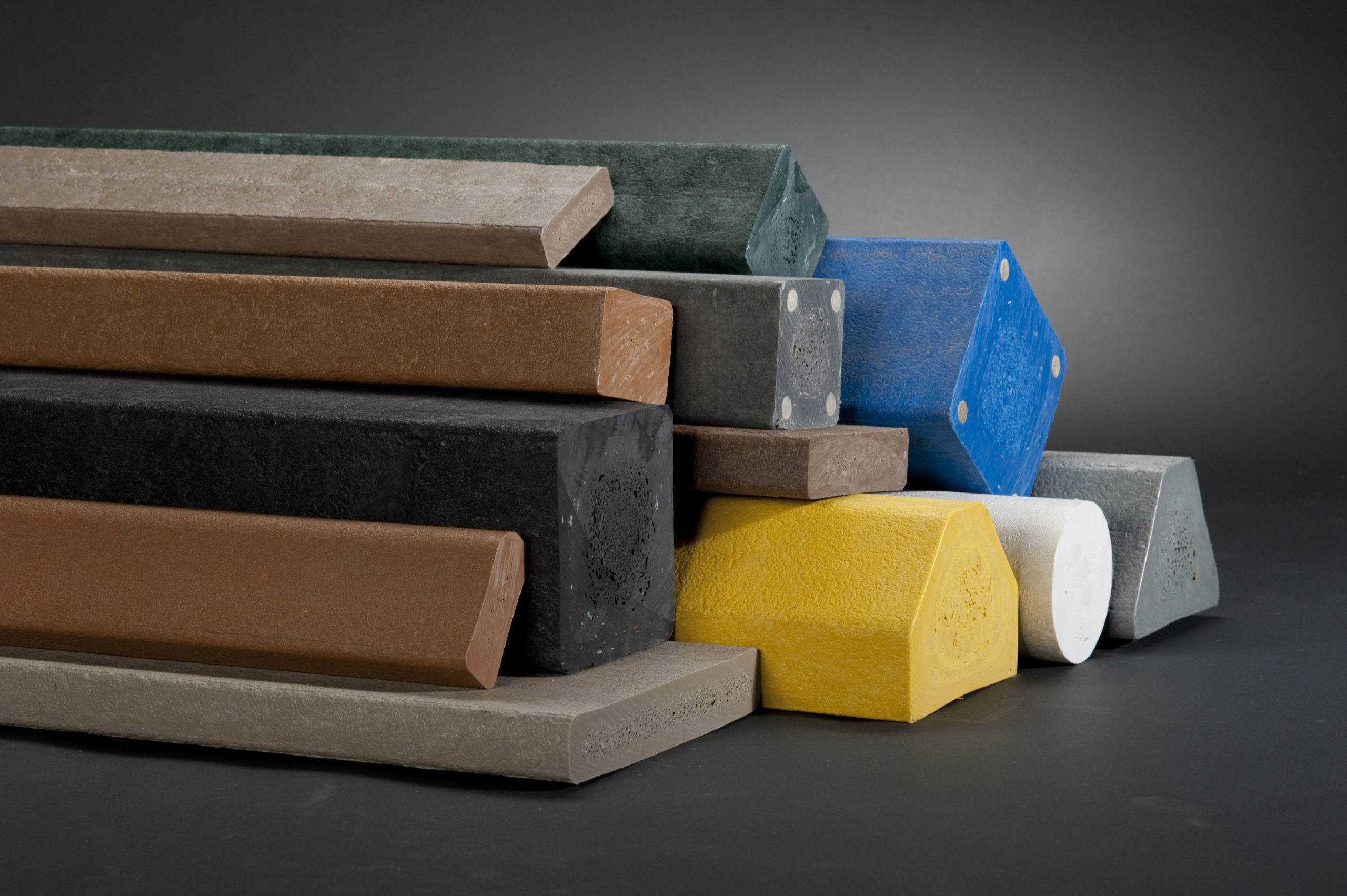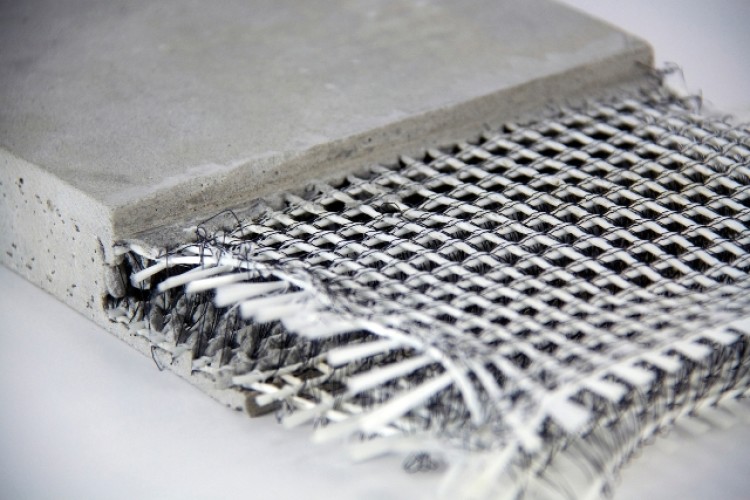Composites: The Secret to Modern, Sustainable Building
Composites: The Secret to Modern, Sustainable Building
Blog Article
Opening the Environmental Benefits of Recycled Compounds in Building And Construction and Layout
In the realm of building and construction and design, the usage of recycled compounds holds significant guarantee for improving sustainability methods and decreasing environmental impact (composites). By integrating these ingenious products, there is a potential to resolve essential problems such as waste minimization, energy preservation, and a decline in carbon footprint. The shift towards a much more sustainable future in these sectors rests on unlocking the full possibility of recycled compounds. This discussion will certainly discover the diverse benefits and difficulties linked with integrating recycled compounds right into building and design, providing a look right into the transformative possibilities that exist in advance.

Environmental Impact Reduction
The decrease of ecological impact via making use of recycled composites in building and layout plays a crucial role in sustainable techniques. By incorporating recycled compounds into building products, the construction market can considerably reduce its carbon impact and add to an extra environment-friendly future. These lasting products, made from repurposed plastics, timber fibers, or other recycled aspects, use a viable option to traditional construction products without compromising on high quality or toughness.
Recycled compounds help divert waste from garbage dumps and minimize the requirement for extracting raw materials, therefore preserving all-natural sources. In addition, the production process of these compounds commonly consumes less power and gives off fewer greenhouse gases compared to producing virgin materials (composites). This change towards utilizing recycled compounds not only minimizes environmental injury but also promotes a round economic situation by encouraging the reuse of products that would or else be thrown out
Waste Reduction
With a concentrate on minimizing waste in construction and layout, the combination of recycled composites uses a lasting service to reduce ecological influence. Waste minimization is a crucial aspect of lasting methods, and using recycled compounds offers a chance to achieve this objective properly. By using products that have actually already served their first function, such as recycled plastics or recovered timber fibers, the construction and design markets can considerably reduce the quantity of waste created and sent to land fills.
Recycled composites have the potential to divert significant amounts of waste from typical disposal approaches, adding to a more circular economy where sources are made use of successfully. Furthermore, the production process of recycled composites usually consumes much less power and creates less exhausts contrasted to virgin products, better minimizing the environmental footprint of building and style tasks.
Implementing waste minimization methods via the unification of recycled composites not just aids in saving natural deposits yet likewise advertises an extra sustainable technique to structure and developing for a greener future.
Power Preservation
Incorporating recycled composites not only reduces waste in building and construction and layout yet also plays a critical role in enhancing energy conservation practices within the industry. The use of recycled compounds in building and construction can significantly contribute to energy preservation via numerous methods. By promoting the usage of recycled compounds in construction and design, the sector can make substantial strides in the direction of accomplishing power performance and reducing its carbon impact, inevitably contributing to an extra lasting developed atmosphere.
Carbon Footprint Decrease
Enhancing sustainability methods with the usage of recycled compounds in building and Read Full Article construction and style substantially minimizes the carbon footprint of the industry. By integrating recycled materials into the manufacturing of composites, the need for virgin sources reduces, resulting in lower power consumption and greenhouse gas look at more info exhausts linked with standard manufacturing procedures. This reduction in carbon impact is important in combating climate change and promoting a more eco-friendly approach to building and construction and style.
Furthermore, using recycled composites additionally aids in diverting waste from land fills, therefore reducing the ecological effect of disposal and advertising a circular economic situation. The carbon impact decrease achieved with the fostering of recycled composites straightens with the worldwide press towards lasting techniques and the decrease of industrial exhausts. It showcases a dedication to accountable resource monitoring and a shift in the direction of greener options in the construction and layout sectors. Inevitably, by prioritizing the assimilation of recycled composites, the industry can make considerable strides in lowering its carbon impact and contributing to an extra sustainable future.
Lasting Future
The integration of recycled composites in building and construction and layout not just addresses prompt environmental issues but likewise lays a solid structure for a sustainable future in the industry. By integrating recycled composites into structure materials and items, the construction and style sectors can substantially decrease their dependence on virgin resources, causing a more round economy. This shift in the direction of sustainability is essential for reducing the ecological impact of standard construction methods, which often lead to high degrees of waste generation and source depletion.

Conclusion
Finally, recycled compounds supply substantial ecological advantages in building and design by minimizing environmental influence, reducing waste, conserving power, decreasing carbon impact, and advertising a sustainable future. Embracing using recycled composites can add to a more environmentally-friendly strategy to structure and style, eventually resulting in an extra lasting and greener future for all.
The reduction of environmental influence with the use of recycled compounds in building and construction and style plays a critical function in sustainable practices.With an emphasis on lessening waste in construction and layout, the assimilation of recycled composites supplies a lasting service to reduce ecological effect. By promoting the usage of recycled composites in construction and layout, the sector can make considerable strides in the direction of accomplishing energy efficiency and decreasing its carbon footprint, eventually contributing to a much more lasting built atmosphere.

Report this page